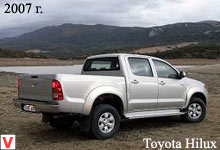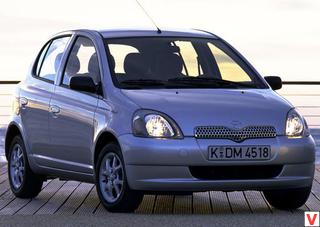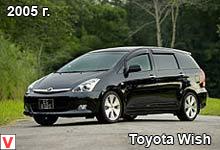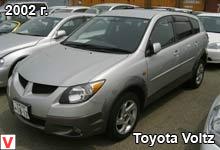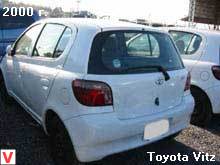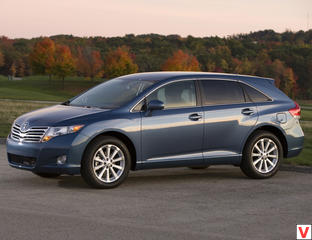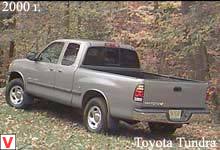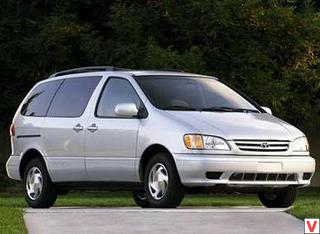
The Toyota Hilux pickup first appeared in Japan in 1967, and was introduced in Europe at the end of 2005. Since the late 1970s, more than 12 million vehicles have been sold worldwide. With their durability and reliability, they have gained a strong prestige in the world.
Working on the new, sixth generation of Hilux, Toyota designers sought to create a car suitable for work and leisure, combining the virtues of their predecessors, but devoid of their shortcomings. Traditionally, the farm-commercial vehicle has become much more comfortable and solid. From the driver's point of view, important changes touched the design - the frame was additionally strengthened by almost one and a half times, the suspension was developed anew with the expectation of long runs on asphalt, and the engines became more economical. The pickup will be offered to customers in two configurations: with a double cabin (Single Cab) and with a five-seater (Double Cab).

New Hilux compared with its predecessor has grown significantly. The length of the model has increased by 340 mm and now stands at 5130 mm. The wheelbase has also grown to 3085 mm - this not only provides additional space in the cab and bodywork, but also makes driving in a car more comfortable. The Hilux width in the Single Cab version increased by 60 mm, while that of the Double Cab increased by 45 mm, while the height remained the same. Compared to the previous generation, the build quality has also improved: the body panels fit closer together, the allowable gaps between them have decreased to 4-5 mm. The panels are made of high-strength steel with anti-corrosion coating.
The aerodynamic shape helps reduce fuel consumption and reduce wind noise when driving. It is based on the global platform of IMV (Innovative International Multi-purpose Vehicle) - this is a classic spar frame with special energy absorbing zones in the front, semi-elliptical springs traditional for most pickups. By the way, on the basis of the same chassis, factories in South Africa, Thailand, Indonesia and Argentina also produce an SUV and a minivan, which are sold in 140 countries.
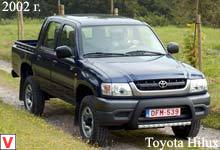
In the Hilux cabin in the Double Cab variant you can comfortably accommodate five people. Rear seat cushions have become longer, added the ability to change the angle of the backrest and adjustable head restraints. In addition, the rear seat can be folded to increase the amount of space for luggage. In the cab there are enough compartments for trifles: glass holders, large door pockets, a drawer in the center console. The interior is finished with high-quality materials, and in the upper part of the cabin the walls are covered with a special anti-shock coating.
At the beginning there was only one engine - an aspirated 2.5 D-4D diesel (102 hp), equipped with a second-generation common-rail system. Four-wheel drive transmission without frills: there is a reduction row in the transfer case and a self-locking rear differential. And for those who do not drive on heavy off-road, a simple rear-wheel drive version is offered. Models of the 2005 model year were supplied with a five-step “mechanics”, and as an option it was possible to order locking differentials. Both full-fledged off-road versions and more economical 4x2 were produced.
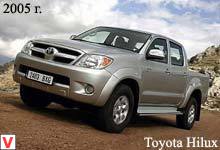
In 2006, the three-liter turbodiesel with a capacity of 171 hp headed the line of power units. Common-Rail technology has allowed to increase the pressure to 1600 bar and reduce the diameter of the injection nozzles; the maximum torque of the motor is 343 Nm in the range from 1,400 to 3,400 revolutions per minute. The top engine is designed only for all-wheel drive pickups with a four-door cab and can work with both a five-speed manual and a four-speed automatic transmission. With the "mechanics" the car reaches a maximum speed of 170 km / h, and with the "automatic" maximum speed increases to 175 km / h.
According to the manufacturer, the Toyota Hilux with a four-door cab, equipped with a three-liter engine, consumes 8.3 liters of fuel for every hundred. Previously used turbocharged diesel engine modified. They are equipped with almost all modifications Hilux: both full and non-all-wheel drive, with a different number of doors, right or left hand drive. Parameters of this engine: volume 2.5 liters, power 120 hp In tandem with this engine is only a five-step "mechanics". The speed of a non-wheel drive pickup in such equipment can be about 165 km / h, and for all-wheel drive this figure is 155 km / h. Both engines comply with Euro IV environmental standards.

Special attention is given to branded Oil Management and Maintenance System - this set of measures allows you to change the engine oil every two years or every 30,000 km.
Other images auto Toyota Hilux
